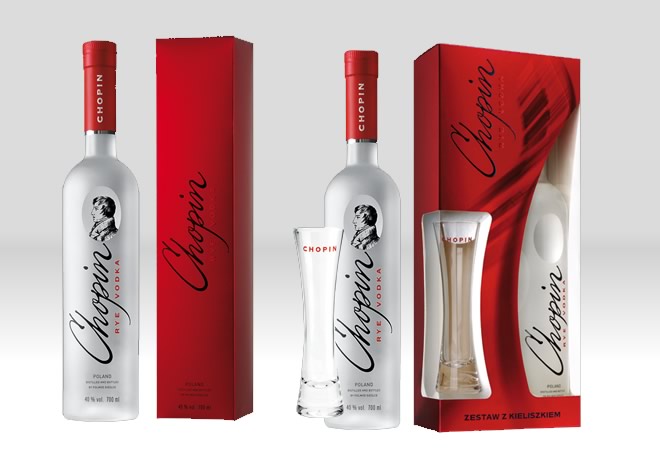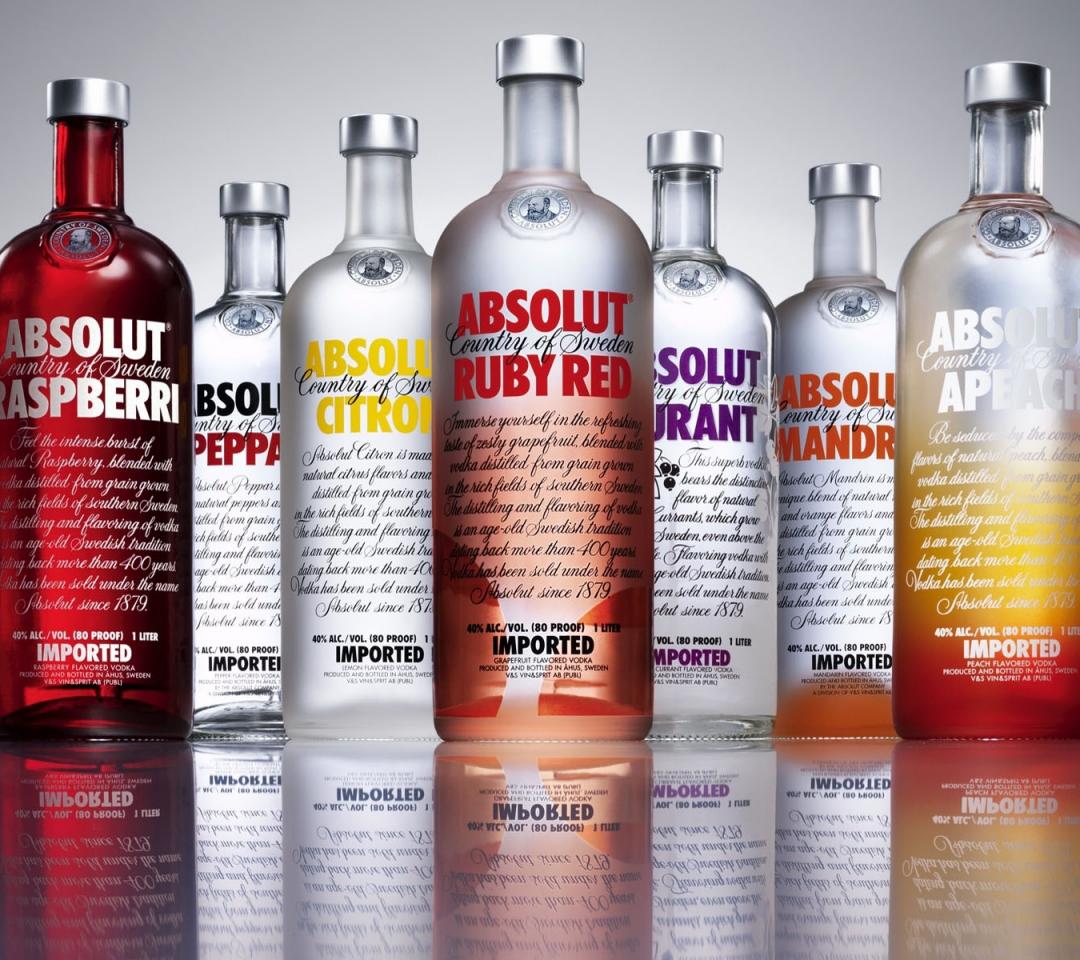Posts
VODKA Brands
Sunday, 03-02-2013


Vodka is a spirit that was virtually unknown in the United States prior to the 1940s.[1] Traditionally prepared vodkas had an alcoholic content of 40% by volume.[citation needed] Today, the standard Belarusian, Polish, Russian and Lithuanian vodkas are 40% alcohol by volume (ABV) or 80 proof. The European Union has established a minimum of 37.5% ABV for any "European vodka" to be named as such.[2][3] Products sold as vodka in the United States must have an alcoholic content of 30% or more.[4] For homemade vodkas and distilled beverages referred to as "moonshine", see moonshine by country.
Vodka is traditionally drunk neat in the vodka belt countries of Eastern Europe and around the Baltic Sea. It is also commonly used in cocktails and mixed drinks, such as the Bloody Mary, Screwdriver, Sex on the Beach, Moscow Mule, White Russian, Black Russian, vodka tonic, and in a vodka martini.

By 1975, vodka sales in the United States overtook those of bourbon, previously the most popular hard liquor of the country.[citation needed] In the second half of the 20th century, vodka owed[by whom?] its popularity in part to its reputation as an alcoholic beverage that "leaves you breathless", as one ad[citation needed] put it — claiming no smell of liquor remains detectable on the breath, and its overall neutral flavor allows it to be mixed into a wide variety of drinks, often replacing other liquors (particularly gin) in traditional drinks, such as the martini.
Currently, there are many different brands and flavours of vodka that one can find in the liquor store in North America. Some of the most common brands include Grey Goose, Three Olives Vodka, Smirnoff, and Absolut Vodka. There are a wide variety of flavors which include raspberry, green apple, mango, vanilla, coconut, birthday cake, blueberry, and many more.
According to The Penguin Book of Spirits and Liqueurs, "Its low level of fusel oils and congeners — impurities that flavour spirits but that can contribute to the after-effects of heavy consumption — led to its being considered among the 'safer' spirits, though not in terms of its powers of intoxication, which, depending on strength, may be considerable."[28]
Russian culinary author William Pokhlebkin compiled a history of the production of vodka in Russia during the late 1970s as part of the Soviet case in a trade dispute; this was later published as A History of Vodka. Pokhlebkin claimed while there was a wealth of publications about the history of consumption and distribution of vodka, virtually nothing had been written about vodka production. One of his assertions was that the word "vodka" was used in popular speech in Russia considerably earlier than the middle of the 18th century, but the word did not appear in print until the 1860s.
Production

Vodka may be distilled from any starch- or sugar-rich plant matter; most vodka today is produced from grains such as sorghum, corn, rye or wheat. Among grain vodkas, rye and wheat vodkas are generally considered superior. Some vodkas are made from potatoes, molasses, soybeans, grapes, rice, sugar beets and sometimes even byproducts of oil refining or wood pulp processing. In some Central European countries, such as Poland, some vodka is produced by just fermenting a solution of crystal sugar and yeast. In the European Union there are talks about the standardization of vodka, and the Vodka Belt countries insist that only spirits produced from grains, potato and sugar beet molasses be allowed to be branded as "vodka", following the traditional methods of production.[29][30]
In the United States, many vodkas are made from 95% ethanol produced in large quantities by agricultural-industrial giants Archer Daniels Midland and Midwest Grain Processors. Bottlers purchase the base spirits in bulk, then filter, dilute, distribute and market the end product under a variety of vodka brand names.[31]
Facebook comments:
Same type of information
- Svedka Vodka (29/07/2013)
- Chambord Vodka (26/07/2013)
- 42 BELOW vodka (24/07/2013)
- Wyborowa Vodka (22/07/2013)
- Stolichnaya Vodka (19/07/2013)
- Russkaya vodka (01/04/2013)
- Drink Vodka (01/12/2012)





